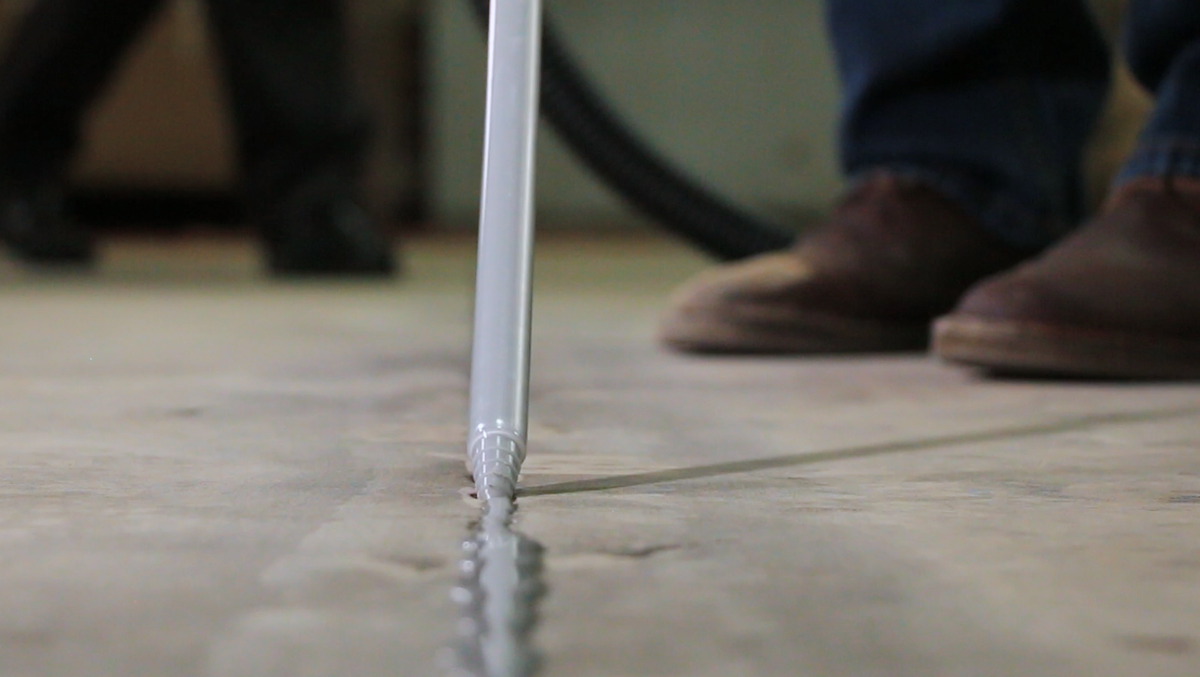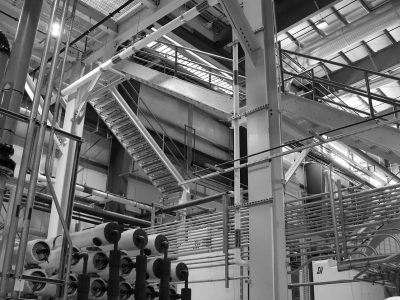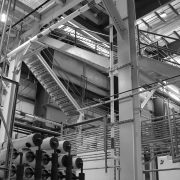
Control joints are cracks cut into concrete floors that make movement possible as a result of changes in temperature and moisture. These joints must be filled; otherwise, they can collect debris, dirt, and moisture that can cause issues. They must be filled with a non-compressible, hard material that supports their edges from stresses that heavy, hard-wheeled traffic imposes.
Picking a joint filler can be difficult as there are many brands out there. In fact, a concrete control joint filler can differ from others in terms of chemical compositions and physical properties. Epoxy and polyurea are the most common kinds of joint fillers. Your choice depends on factors such as the intended use of the concrete floor, the facility, the application, as well as the requirements for turnaround time and appearance. But, ideally, you want a 100% solid epoxy filler or polyurea filler with an elongation rate higher than that of the coating you are using.
This article offers a comparison of both epoxy and polyurea joint fillers based on the following characteristics:
Cure Speed
Polyurea fillers are valued for its cure speed that can usually be opened to traffic within 1-2 hours or sooner. Due to the fast gel times, a special pump should be used on big jobs for high production rates instead of hand-mixing faster-curing polyureas. But, epoxies can be dispensed with manual bulk guns.

Shore Hardness
This characteristic refers to the hardness of a material determined by pressing a tiny needle into its surface and recording a value between 1 and 100. The higher the shore hardness, the greater resistance to indentation and the harder the material. Also, the hardness scale is classified into A and D. The Shore A scale is used for more rubbery materials while the Shore D scale is for harder plastics. In general, a concrete floor joint filler should have at least 80 Shore A hardness. Both epoxy and polyurea meet this requirement.
Adhesion to Concrete
Both materials have adequate adhesion to concrete. But, epoxies must only be used when the temperature during installation is above 32°F. The reason is that it does not cure completely under freezing temperatures. Polyureas are the ideal choice for use over a range of temperatures. In fact, they can be installed even below freezing.
Tension Elongation
Usually, polyureas are touted for their greater elongation capability which is up to 200%+ versus 90% for epoxies. But, neither fillers are meant for use in joints designed to move like expansion joints. Despite their tension elongation, polyurea fillers can expand only around 5% to 15% laterally before splitting or losing adhesion along the concrete bond line. On the other hand, a Shore 80 epoxy joint filler with 25% elongation will often tolerate 5% to 8% lateral expansion.
Indeed, there is a significant presence of concrete contractors in Charleston, which indicates a thriving industry catering to various demands ranging from new constructions, renovations, to repairs. These concrete contractors charleston often offer a spectrum of services tailored to the city’s unique architectural landscape.









